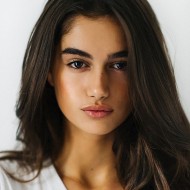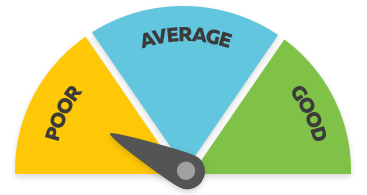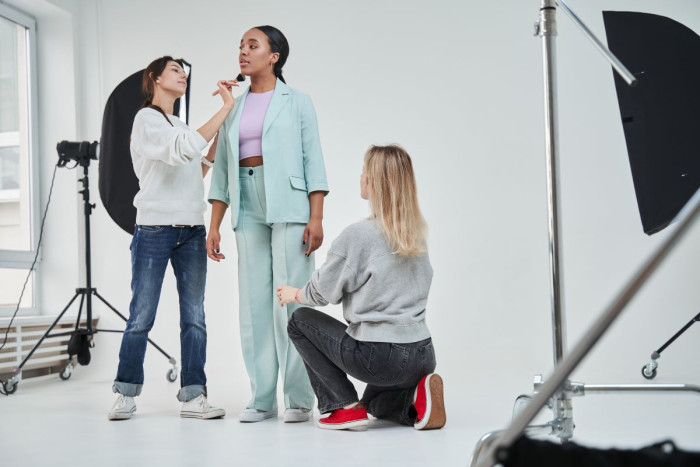Model
Kaiwhakakite Kākahu
Models display and promote clothes or other goods on television, online, in magazines and advertising, and on catwalks at fashion shows.
Pay
Pay rates for models vary depending on your ability, where you work, and the type of modelling you do.
Source: careers.govt.nz research, 2023.
Job opportunities
Pay
Pay rates for models vary according to your ability, the type of modelling you do, hours you work and the agency you work for.
Many models rely on other jobs to make a living as full-time modelling work is rare.
Sources: careers.govt.nz research, 2023.
(This information is a guide only. Find out more about the sources of our pay information)
What you will do
Models may do some or all of the following:
- go to auditions and castings for modelling work
- sit for make-up and hair stylists
- discuss the required poses and movements, or the part to be played
- model clothes, make-up, jewellery or other products in fashion shows or for magazines, websites or television
- learn scripts and dialogue for television auditions.
Skills and knowledge
Models need to have:
- knowledge of body posture, movement and facial expressions
- knowledge of make-up, hairstyles and fashion
- performance skills
- knowledge of nutrition and exercise.
Working conditions
Models:
- usually work irregular hours, which can include weekends and evenings
- work in photographic and television studios, fashion shops, on catwalks and at various outdoor locations
- may travel locally, nationally or internationally for photo shoots.
What's the job really like?

Maia Cotton
Model
Maia Cotton, a young model originally from Palmerston North, shares her experience working as a model on the world stage.
What do you enjoy about modelling?
"I really love getting to work in a job where I don’t know my schedule day to day. It changes constantly – one day I could be working in New York, the next I could be flying somewhere altogether different."
What do find most challenging about modelling?
"The harshness of the industry and rejection is challenging. Since modelling is based on your physical appearance, it can be difficult to receive that type of criticism on a day-to-day basis.
"We spend very little time actually working and a lot of time going to castings, which rarely turn into jobs."
Are there any proudest moments or personal achievements that stick out for you?
"So many! I was really lucky to book a job for American Eagle when I was 16. It ended up being on billboards in the States and in Times Square. Seeing myself up there was a really proud moment.
"Also, more recently I started working with Victoria’s Secret – a dream come true. I have to pinch myself sometimes."
What advice would you give aspiring models?
"My advice would be to stay unapologetically yourself. Unfortunately the industry can be harsh at times, and you can be critiqued on things that perhaps you were never insecure about before. Staying true to who you are, and separating work from this is really important.
"Despite this I wouldn’t change my career for the world. I have learned so much about myself since I started, and I get to live in the best city in the world!"
Entry requirements
There are no specific requirements to become a model. However, a portfolio of previous modelling work can be useful.
Secondary education
There are no specific secondary education requirements to become a model. However, subjects such as physical education, and music, dance and drama are useful.
Personal requirements
Models need to be:
- confident
- reliable and punctual
- patient
- good listeners
- adaptable
- professional
- able to accept criticism.
Useful experience
Useful experience for models includes:
- dance and drama
- work with make-up and hairstyling
- any work involving sales, promotion or contact with people
- work in hospitality
- photography experience.
Physical requirements
Models need to:
- have a tidy appearance
- be fit and healthy, with good skin
- meet physical requirements of clients – for example, height and body shape.
What are the chances of getting a job?
Few opportunities for models
It is difficult to find full-time work as a model in New Zealand because the fashion industry is small.
Models often have other jobs as their main source of income.
According to the Census, 69 models worked in New Zealand in 2018.
Types of employers varied
Models may work for:
- clothing retailers and designers
- cosmetic and personal care producers
- advertising agencies
- magazines
- production companies
- photographers
- stylists.
Most models are self-employed. Most agencies require models to be on a contract that states they can't work with any other agency.
Sources
- Malneek, D, owner, Voda Model Management, careers.govt.nz interview, April 2018.
- Morrison, K, managing director, NZ Models and Talent, careers.govt.nz interview, April 2018.
- Mt Models, careers.govt.nz interview, April 2018.
- Stats NZ, '2018 Census Data', 2019.
- The Spinoff, 'State of Undress: The perilous post-lockdown future of New Zealand fashion', 30 April 2020.
(This information is a guide only. Find out more about the sources of our job opportunities information)
Progression and specialisations
Models may specialise in a particular type of modelling such as runway modelling or commercial modelling.
They may also progress to become fashion photographers or make-up artists, or set up their own modelling agencies.
Last updated 7 August 2024

